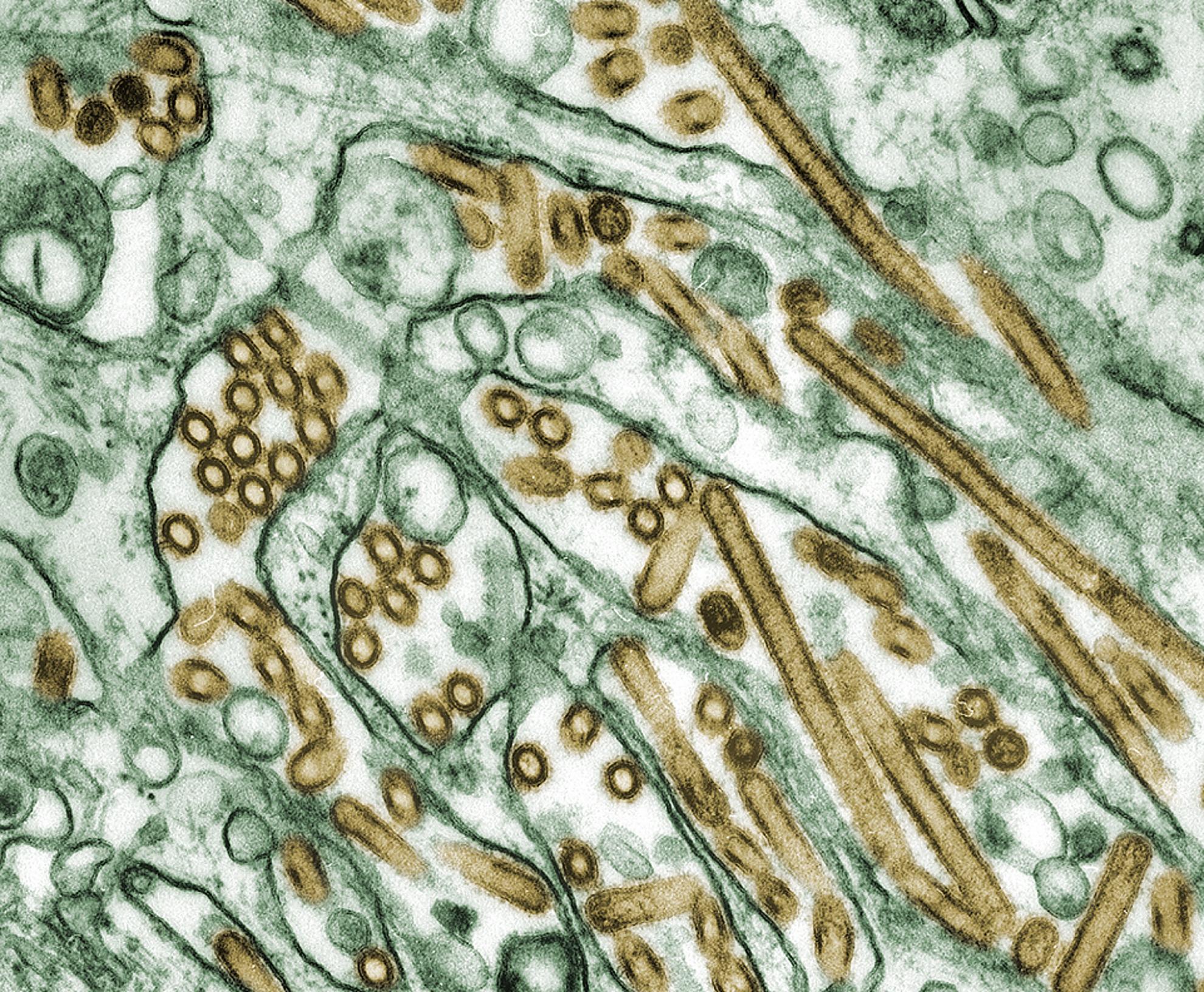Review: Influenza virus in pigs
Influenza virus disease still remains one of the major threats to human health, involving a wide range of animal species and pigs play an important role in influenza ecology. Pigs were labeled as "mixing vessels" since they are susceptible to infection with avian, human and swine influenza viruses and genetic reassortment between these viruses can occur. After the H1N1 influenza pandemic of 2009 with a swine origin virus, the most recent research in "influenzology" is directed at improving knowledge of porcine influenza virus infection. This tendency is probably due to the fact that domestic pigs are closely related to humans and represent an excellent animal model to study various microbial infectious diseases. In spite of the role of the pig in influenza virus ecology, swine immune responses against influenza viruses are not fully understood. Considering these premises, the aim of this review is to focus on the in vitro studies performed with porcine cells and influenza virus and on the immune responses of pigs against human, avian and swine influenza viruses in vivo. The increased acceptance of pigs as suitable and valuable models in the scientific community may stimulate the development of new tools to assess porcine immune responses, paving the way for their consideration as the future "gold standard" large-animal model in immunology.
Back to publications

